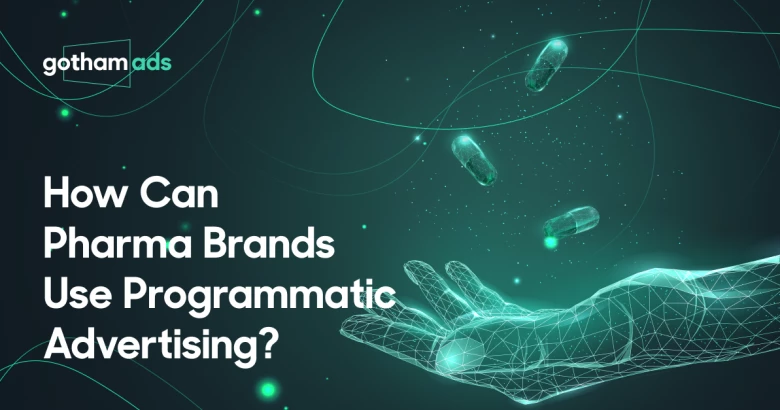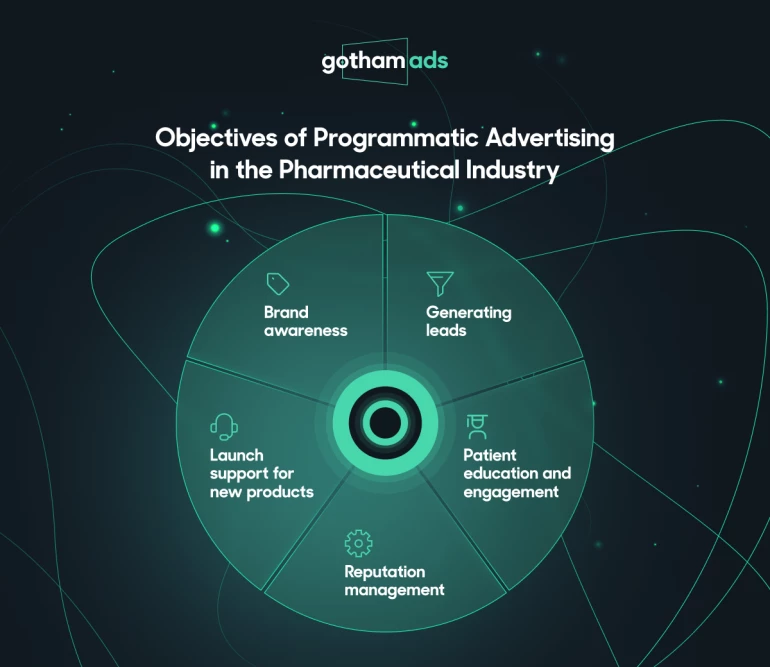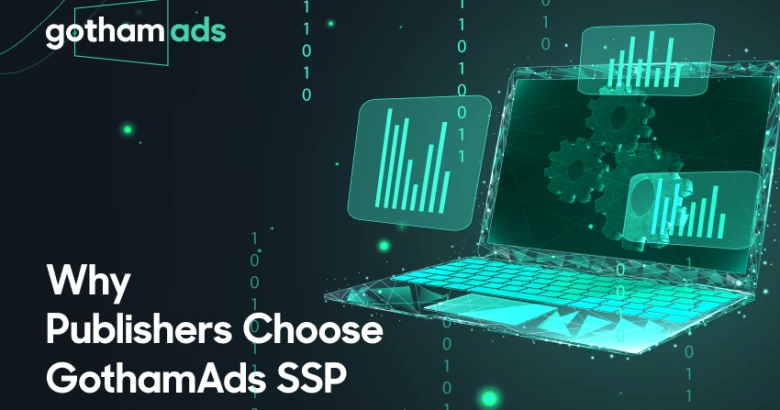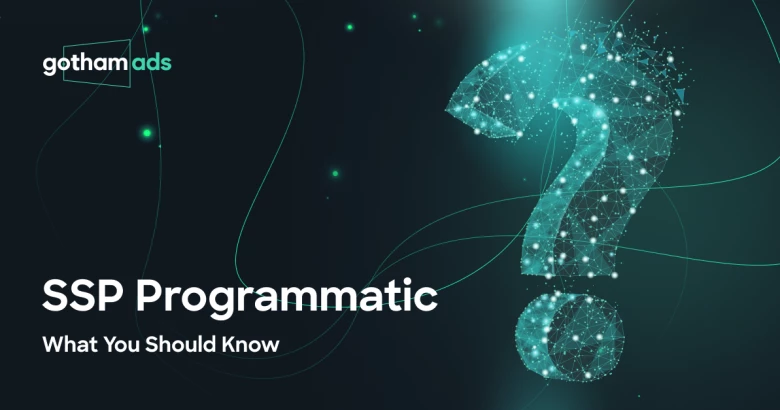How Can Pharma Brands Use Programmatic Advertising?

In today’s digital age, programmatic advertising has become an essential tool for pharma companies to effectively reach and engage with their target audiences. Using data-driven strategies, brands can reach individuals based on factors like age, location, interests, and online behavior, which is particularly useful in addressing the right demographic for specific medications or health services.
Programmatic advertising allows pharma brands to optimize ad spend by automating the ad buying process, ensuring that marketing efforts are not only more effective but also more cost-efficient. Additionally, programmatic advertising provides valuable insights through real-time data, enabling brands to quickly adjust their strategies for maximum impact and ROI. This adaptability is particularly crucial in the fast-evolving healthcare landscape.
But how to get started using programmatic to achieve meaningful results?
First of all, it's important to understand the pharma advertising landscape and the players involved in it.
The pharmaceutical industry is undergoing significant digital transformation, much like other industries. The digital health market, which has been expanding steadily since 2010, witnessed an unprecedented surge during the COVID-19 pandemic. Statista forecast indicates that by 2026, investment in digital initiatives within this sector is expected to skyrocket to 3.4 trillion dollars. In response, pharma marketers are increasingly embracing an omnichannel strategy, seamlessly integrating programmatic advertisements across a variety of digital platforms. These range from social media networks to specialized healthcare websites, ensuring a broad and impactful reach.
It's also important to acknowledge the stringent regulatory environment surrounding pharma advertising. Companies operating in this space are obligated to adhere to a comprehensive set of regulations, including FDA guidelines and privacy laws such as HIPAA in the United States.
HIPAA laws are a series of federal regulatory standards outlining the lawful use and disclosure of protected health information in the United States. HIPAA compliance is regulated by the Department of Health and Human Services (HHS) and enforced by the Office for Civil Rights (OCR). HIPAA compliance is a living culture that helps businesses to protect the privacy, security, and integrity of protected health information.
Pharma advertising also aligns with established advertising standards to ensure compliance and maintain the integrity of marketing efforts. This regulatory adherence is a legal obligation and a commitment to ethical marketing practices.
Establishing your goals is the second step in the journey toward using programmatic advertising.
With programmatic you can easily define, manage and optimize campaigns against preset goals, such as app downloads or even new prescription starts, which pharma marketers can now measure in a privacy-safe way.
Before investing in programmatic advertising, it’s helpful to have a clear plan for both messaging and target audiences. Whom exactly do you want to reach? Knowing this will make your efforts more successful.
Before diving into programmatic advertising, it is crucial to have a well-defined strategy concerning both your messaging and target audience. Determining precisely whom you wish to engage is key to the success of your efforts.
Pharma companies can have a variety of goals when engaging in programmatic advertising, each tailored to their specific needs and the unique nature of the healthcare market. Here are a few common goals:
- Brand awareness. In this case, companies want to increase visibility and awareness of the brand or specific pharmaceutical products.
- Patient education and engagement. Pharma companies choose this goal when they want to educate patients about diseases, treatments, and health management options. They provide valuable content that helps patients understand their conditions and treatment options.
- Generating leads means capturing interest from potential customers for further engagement through forms, subscriptions, or direct inquiries.
- Reputation management. Companies choose this goal for themselves when they want to build and maintain a positive brand reputation.
- Launch support for new products. In this case, programmatic advertising helps pharma companies to build anticipation and educate the market about upcoming product launches.

The next step is launching and monitoring.
It's important to select programmatic advertising platforms that are known for their robust data privacy policies and have a history of successful campaigns in the healthcare sector. You can opt for platforms that offer high-quality inventory and access to relevant healthcare and lifestyle websites where potential customers are likely to be.
GothamAds team pays great attention to details in order to provide high quality targeting. Our team analyzes the audience by age, interests, and potential healthcare needs. You must understand the potential buyer's lifestyle and predict possible chronic diseases. It helps to increase interaction rates with advertisements because you have a full portrait of your audience. This is especially important at a time when consumers expect every ad to be personalized and highly targeted.
The subsequent step involves refining the strategy based on key performance metrics.
One of the key advantages of programmatic media is its capacity to optimize campaigns on the fly using performance data and real-world metrics. Currently, there is no standardized method for measuring advertising effectiveness in the pharmaceutical sector. However, by utilizing Automated Content Recognition (ACR) data, advertisers can more precisely track how ads are viewed on various devices, helping to assess the overall reach and frequency of their ad campaigns. While some level of manual analysis and adjustment is necessary, the integration of machine learning and artificial intelligence into advertising technology has significantly streamlined the automation of these optimizations.
According to Forbes, Connected TV (CTV) is one of the most effective formats for pharma advertising. Machine learning can be applied to data from CTV campaigns to discern which audience segments respond most favorably to specific messages. This allows for the automatic realignment of ad placements towards key metrics such as unique reach, audience quality, and prescription performance. These metrics provide a comprehensive view of a campaign’s impact, marking a significant advancement from the broad, awareness-level metrics traditionally used in TV advertising.
As programmatic advertising continues to outpace traditional methods in terms of audience reach and attracts new market entrants, its significance is set to increase even further. The pharmaceutical industry is expected to adopt programmatic advertising more widely in the future. Therefore, embracing this approach today is a strategic decision for long-term success.


